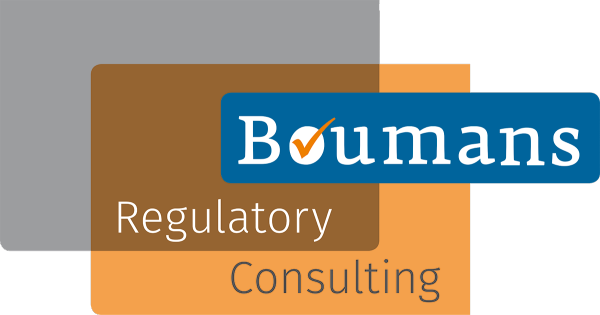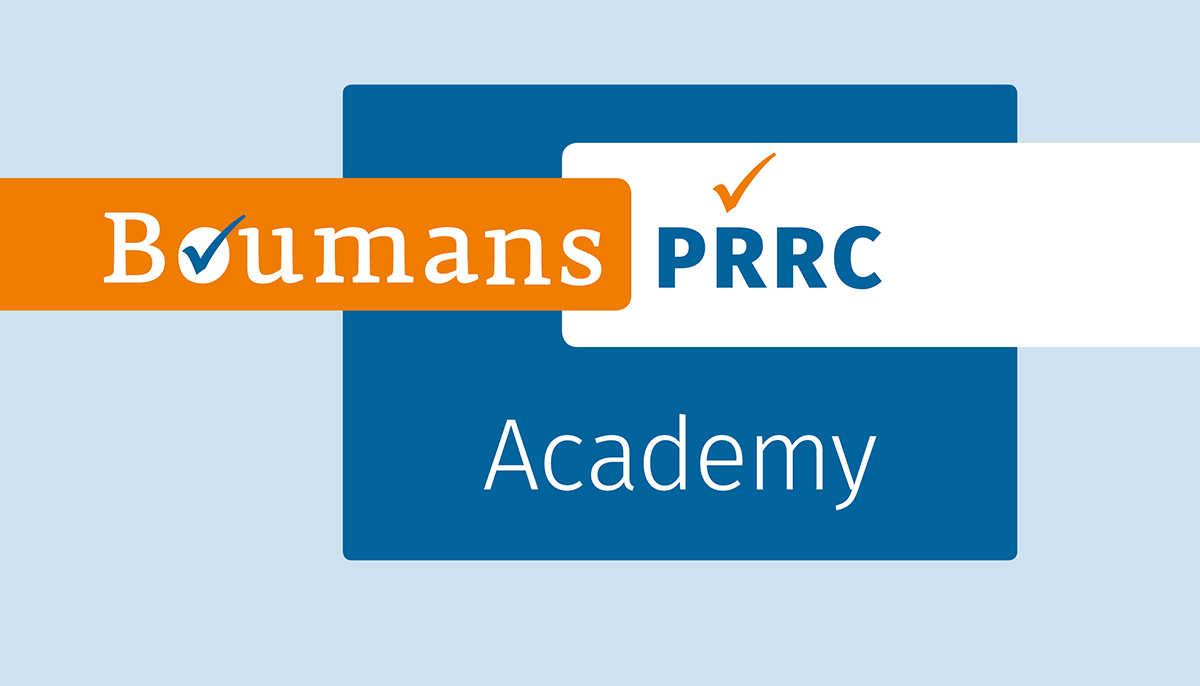Do standalone devices exist?
Medical devices are typically used in a wider therapeutic or diagnostic context. They are often used together or sequentially with other products, often medical devices or medicinal products, and sometimes also other types of products. They may be connected or compatible, they may interface or be used simultaneously. They may use input and/or data from other devices. An implant can only be implanted in combination with a specified set of surgical tools, a patient hoist consists of a hoist and a sling and a simple Hb test requires a lancet, a sample receptacle, a test strip, and a chart with a color range to be used together. If you think about it, real standalone medical devices are very rare.
Combination taxonomy
The safety and performance of devices must be managed by the manufacturer and if they are used in combination with other products, the manufacturer should factor that in. To do this properly, this combined use must be recognized and identified from a regulatory perspective. This blog is about the determination of potential combinations:
- Environment; a device can be used at home by lay users, by specifically trained and certified professional users, and anything in between. The manufacturer must identify this in the intended purpose of the device and ensure distribution allows to reach these intended users. This will also determine the (potential) use of other products. The use environment must be addressed in the risk analysis and may also be part of the clinical evaluation. The PMS plan must certainly address this to ensure continued attention during the life cycle of the device.
- Compatible device; definition 2(25) states: ‘compatibility’ is the ability of a device, including software, when used together with one or more other devices in accordance with its intended purpose, to: (a) perform without losing or compromising the ability to perform as intended, and/or (b) integrate and/or operate without the need for modification or adaption of any part of the combined devices, and/or (c) be used together without conflict/interference or adverse reaction. According to Annex I, section 14.5 devices that are intended to be used together, must do that sufficiently reliable and safe. This concept must be used in the below combinations as applicable..
- Interoperable device; definition 2(26) states: ‘interoperability’ is the ability of two or more devices, including software, from the same manufacturer or from different manufacturers, to: (a) exchange information and use the information that has been exchanged for the correct execution of a specified function without changing the content of the data, and/or (b) communicate with each other, and/or (c) work together as intended. According to Annex I, section 14.5 devices that are intended to be working together, must do that sufficiently reliable and safe. This concept must be used in the below combinations as applicable.
- System; definition 2(11) states: ‘system’ means a combination of products, either packaged together or not, which are intended to be interconnected or combined to achieve a specific medical purpose; A system may consist of a combination of single-use devices and reusable devices and a system can be used for multiple patients. Article 22 requires the system producer to identify this combination with a Basic UDI-DI and UDI-DI in EUDAMED and if the system is supplied in a single system packaging, the UDI-DI must be on that outer packaging. The medical purpose of the system must be covered by the intended purpose of the individual components, but this can be more specific. This combination of devices is not specified in the intended purpose of the individual components (see ‘used in combination’).
- Procedure pack; definition 2(10) states: ‘procedure pack’ means a combination of products packaged together and placed on the market with the purpose of being used for a specific medical purpose; a procedure pack is typically intended for single use or single patient use and usually presented in a single packaging. The procedure pack must also be identified in EUDAMED by its UDI and the outer packaging must have the procedure pack UDI. The application of the components must be in line with the intended purpose of the individual components. Here too, this combination is specified in the individual intended purpose specifications.
- Multi component device; this is a product consisting of multiple components that are covered under a single intended purpose and identified as a single device by the manufacturer. Not all components may be meeting the definition of a medical device on their own. One of the most common situations can be found when an active device is supplied with a separate power cord, possibly with an adapter. Don’t worry, those cords are just part of the same device and don’t need separate technical documentation. A charger may be covered by a CE mark as part of other legislation, like EMC and Low Voltage Directives. In case these components have their own labeling because of other legislation, it is recommended to specify that in the instructions for use to avoid confusion.
- System as a device; if independent medical devices are combined into a system, of which the intended purpose is not covered by the intended purpose of all of the individual components, the assembler of this system must take up the role of the manufacturer and demonstrate compliance of this system as a device.
- Accessory; definition 2(2) defines: ‘accessory for a medical device’ means an article which, whilst not being itself a medical device, is intended by its manufacturer to be used together with one or several particular medical device(s) to specifically enable the medical device(s) to be used in accordance with its/their intended purpose(s) or to specifically and directly assist the medical functionality of the medical device(s) in terms of its/their intended purpose(s); key in identifying an accessory is the intended purpose of that accessory. To be identified as an accessory there are three criteria: the product is not a medical device, it is intended to be used together with at least one medical device, ruling out an accessory of an accessory to be considered an accessory to a medical device, and it must be used to assist the medical device in its medical functionality. A table supplied by the manufacturer of a device to be used together with that device is therefore not an accessory. The table does not have a medical purpose and is not assisting the device. But a stand for syringe pump that makes the pump to be elevated to keep some positive pressure in the system to prevent return flow from the patient appears to be an accessory.
- Used in combination; definition 2(1) of a medical device has a section about combined use: a medical device is a product intended to be used ‘…alone or in combination…’. A pump is just pumping; it is not directly acting in or on the human body. But it is intended specifically to be used together with certain lines and needles to be used in combination to administer a substance to the human body.
- Medical device software incorporated in a medical device; if this software meets the definition of a medical device, or if the software meets the definition of an accessory to a medical device, and the intended purpose of both parts allows this use, the combined product can be regarded as a multi-component device. If the intended purpose does not allow this, it should be considered a system as a device.
- Software driving or influencing a device; if software drives or influences a device, but it does not have a medical purpose on its own, or creates medical purpose information on its own, it can be considered a component of a device or a multi-component device. It may also be considered an accessory.
- Standalone medical device software intended to be used in combination; software may run independent from a medical device that produces or uses its output, while the software is specifically intended to be used together with this type of device, will be considered an individual medical device. In the situation a supplier specifies a particular software to be used together with a specific device, and this use is within the intended purpose of both devices, this could be considered a system.
- Medical device or accessory to a medical device incorporating as an integral part an IVD; according to MDR Article 1(7) the IVD part of the device must be in conformity with the IVDR. This includes certification of that part by a notified body, which must be notified body specifically designated for that IVD. In the case the notified body for the medical device is different from the notified body for the IVD the label of the device must only be CE-marked with the notified body number for the medical device. This product is a considered a medical device and so that is driving the CE-marking. Obviously, something similar applies for IVDs that incorporate a medical device.
- Medical devices with an ancillary medicinal product; MDR Article 1(8) addresses this situation. As long as the intended purpose clearly describes a medical device, such a product should be considered a medical device.
- Integral drug delivery device; a pharmaceutical product may be integrated into a medical device to allow delivery (e.g. prefilled syringe, patch delivering a medicinal product). These products are covered by the medicinal product directive. The device part must comply with the General Safety and Performance Requirements of Annex I of the MDR.
- Co-packaged drug and delivery device; a medicinal product may be packaged together with a device to deliver it. An example is an inhaler that is supplied together with separate doses that need to be put into the inhaler before each use. Here the medicinal product must comply with the medicinal product directive and the device with the MDR.
If you want to have your device combinations checked for their status and compliance routes, or if you want to apply smart regulatory strategies early in the process of defining what a combination of devices looks like, just reach out. These combinations may also affect your UDI strategy, see this tip of the week for more information. Pharmaceutical companies should also consider their long-term strategies carefully regarding their drug-device combinations. Just reach out if you want to have a call about any of these subjects.





